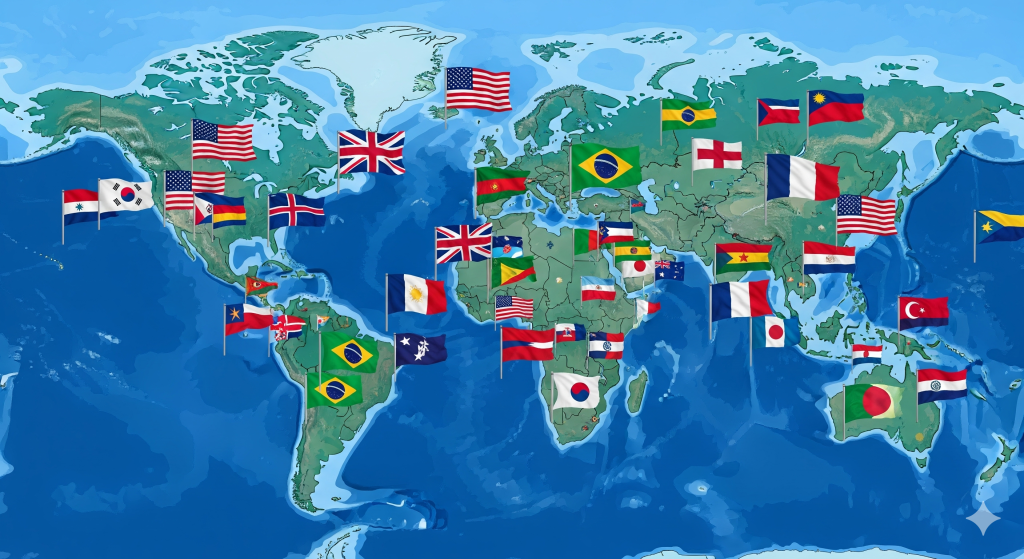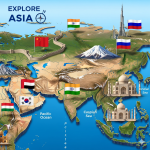Skip to content

1. Introduction
- How many countries are there in the world? (Mention the fluctuating number and why it changes, like new nations being formed or states merging).
- Mention the widely accepted number by the UN (United Nations) for clarity.
- Briefly state the purpose of the article: to provide a comprehensive list for general knowledge and understanding.
2. Countries by Continent
- Organize the list by continent for a structured and easy-to-read format.
- Asia: Include a mix of large and well-known countries (e.g., China, India, Russia) as well as some smaller ones.
- Africa: Mention countries from different regions of the continent (e.g., Egypt, Nigeria, South Africa, Kenya).
- Europe: List key countries (e.g., Germany, France, United Kingdom).
- North America: Include the major nations (e.g., United States, Canada, Mexico).
- South America: Feature prominent countries like Brazil and Argentina.
- Australia (Oceania): List Australia, New Zealand, and a few others from the region.
3. Interesting Facts and Groupings
- This section can add more value beyond just a list.
- Largest by Population: List the top 5 or 10 most populous countries (e.g., China, India, USA).
- Largest by Area: Mention the biggest countries by land area (e.g., Russia, Canada, China).
- Smallest Countries: Highlight interesting facts about the world’s smallest nations, like Vatican City and Monaco.
- Newest Countries: Name the most recently established country, like South Sudan.
- Partially Recognized States: Briefly touch upon the concept of states that are not universally recognized by the international community.
4. Conclusion
- Summarize the key takeaways.
- Emphasize the vast diversity and uniqueness of each country.
- Conclude by stating that such lists are dynamic and can change over time.
Scroll to Top



